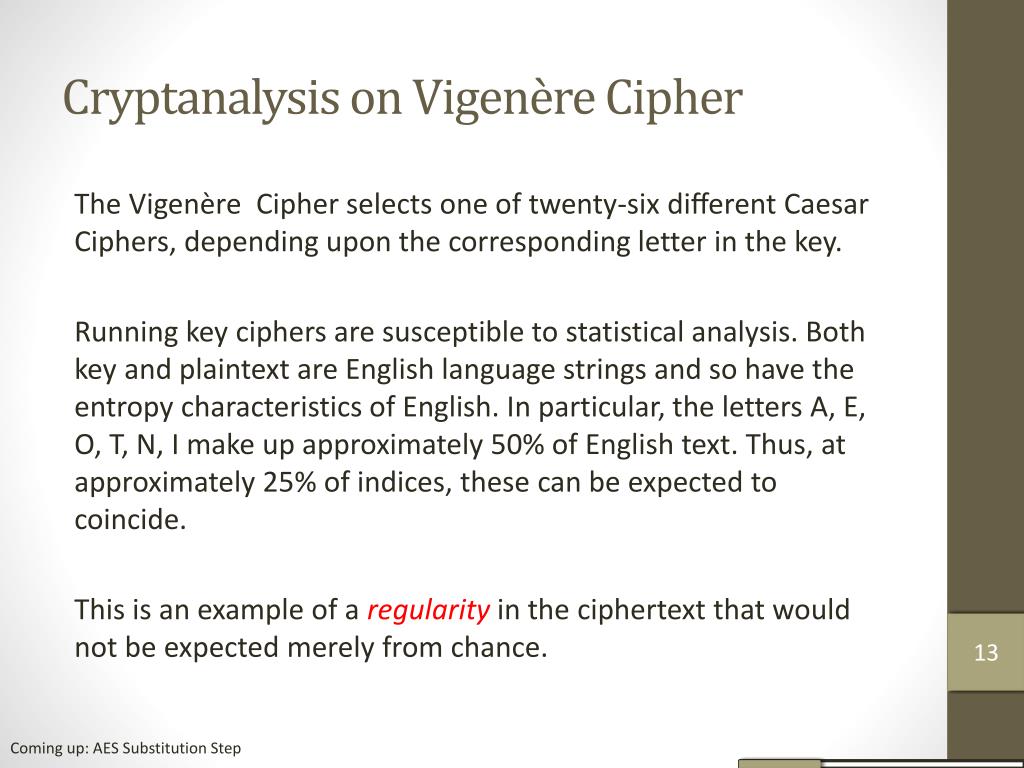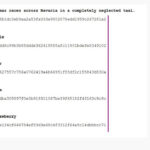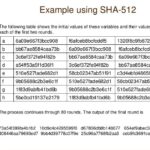Throughout history, ciphers have been a vital tool in the art of communication, safeguarding messages from inquisitive eyes. One particularly fascinating encryption technique, the Vigenère cipher, emerged in the 16th century, distinguished by its apparent simplicity and deceptive complexity. However, as the landscape of cryptanalysis has evolved dramatically in recent years, so too has the perception and understanding of the Vigenère cipher. When examined from a contemporary lens, particularly through a Christian perspective, the juxtaposition of classical cryptography with modern cryptanalytic methodologies elicits profound contemplations on faith, trust, and the nature of truth.
The Vigenère cipher employs a simple yet effective algorithm that shifts letters in a message according to a repeating keyword. This mechanism embodies a multiplicity of layers, allowing practitioners both an accessible entry point and a pathway into deeper complexities. Christian scholars often equate such layered meanings with theological doctrines—each stratum revealing new insights into divine truths. In a similar vein, Vigenère’s structure mirrors the multifaceted nature of human communication and the divine messages that guide believers through their faith journeys.
As modern cryptanalysis techniques have emerged, the Vigenère cipher’s vulnerabilities have become increasingly apparent. Cryptanalysts deploy frequency analysis and the Kasiski examination—powerful tools that systematically exploit the repetition in encoded messages. This transition from classical to modern cryptography raises questions about the reliability of doctrines, scriptures, and communication within a faith-based community. Just as the cipher requires a careful balance of confidence and caution, so too does the believer navigate the interplay between faith and skepticism.
One of the most significant revelations in modern cryptanalysis is the application of computational advancements. Algorithms can decode complex encrypted messages in minutes, revealing truths that were previously deemed obscure. This capability parallels the Christian belief in the revelation of divine truths as they unfold over time. Just as hidden layers within the Vigenère cipher are unveiled through scrutiny and perseverance, believers often find deeper understandings of scripture through diligent study and reflection.
Moreover, the contrast between the perceived invulnerability of the Vigenère cipher and its susceptibility to modern analysis is a poignant metaphor for the human condition and the journey of faith. Many Christians grapple with the tension between certainty and doubt, much like the security previously offered by the Vigenère cipher, which has since been unmasked by astute methodologies. This cyclical interplay mirrors biblical narratives, wherein doubt and inquiry coexist alongside affirmation and trust in divine providence. The apostle Thomas, for instance, embodies this quest for proof amidst belief—a struggle that resonates profoundly when examining the impermanence of human constructs like the Vigenère cipher.
Engaging with the vulnerabilities of the Vigenère cipher prompts a reflection on the limitations of human understanding and fallibility. Just as no encryption is immune from eventual decryption, human interpretations of faith, scripture, and morality are equally susceptible to misinterpretation. Christians are called to navigate these complexities using discernment, relying not solely on systems of belief but also on personal revelations and communal teachings. This principle of discernment is akin to cryptanalysis: it demands critical engagement and an openness to questioning foundational beliefs.
The Vigenère cipher, when examined through the lens of modern cryptanalysis, signals a broader observation about knowledge in an age of information overload. Just as deciphering a code requires keen insight and methodical effort, understanding faith and spirituality necessitates rigorous exploration and an openness to complexity. The act of deciphering not only reveals the hidden but also challenges the beholder to reconcile newfound insights with prior beliefs. In this sense, the Vigenère cipher invites discourse around spiritual growth, where errors in understanding can lead to enriching discoveries.
In closing, the intersection of the Vigenère cipher and modern cryptanalysis serves as a compelling metaphor for the Christian experience. As believers contend with their convictions and the mysteries of faith, the challenge is not unlike that faced by cryptanalysts unraveling encrypted messages. Each approach requires patience, scrutiny, and a willingness to challenge assumptions. Moreover, both seekers of truth, whether they pursue divine understanding or attempts to decode a cipher, navigate similar paths of revelation, vulnerability, and ultimately, enlightenment. The play between trust and skepticism is intrinsic to both, showcasing the profound significance of faith as it continues to thrive, evolve, and resonate within the human experience.








Leave a Comment